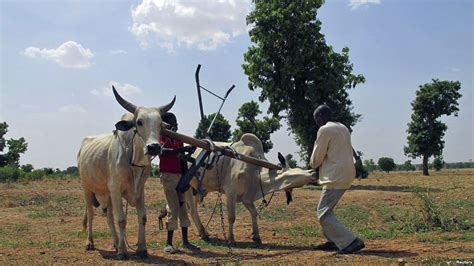Could this be true?Ebola cure hope
This post was published around August 5, 1999. It was seen in a BBC websites. You will see the link below.
A plant has been found to halt the deadly Ebola virus in its tracks in laboratory tests, scientists have said.
They used a compound from Garcinia kola, a plant commonly eaten in West Africa. Compounds from the plant have also proved effective against some strains of flu.
If the anti-Ebola compound proves successful in animal and human trials, it will be the first medicine to successfully treat the virus that causes Ebola haemorrhagic fever - an often-fatal condition.
The discovery was announced at the 16th International Botanical Congress in St Louis in the US.
Four deaths per five cases
The Ebola virus was first documented in 1976 after an outbreak in Zaire - now the Democratic Republic of the Congo - where 88% of the 318 human cases died.
More recently, a 1995 outbreak in the same country had a death rate of 81% of the 315 infected.
There are four types of the virus - Ebola-Zaire, Ebola-Sudan and Ebola-Ivory Coast all affect humans, while Ebola-Reston has so far only affected monkeys and chimpanzees.
However, doctors have been unable to stop the virus once infection has taken hold - hence the disease has gained a terrifying reputation.
Traditional origins
Dr Maurice Iwu, who set up and heads the Bioresources Development and Conservation Programme, led the research.
It started 10 years ago when researchers were led to the plant by traditional native healers who have used the plant for the treatment of infectious diseases for centuries.
"This is a very exciting discovery," said Dr Iwu, who himself comes originally from a family of traditional healers.
"The same forest that yields the dreaded Ebola virus could be a source of the cure."
Fighting chance
The virus multiplies rapidly in the human body and quickly overwhelms it, and in advanced cases the patient develops high fever and severe bleeding.
The Garcinia kola compound has been shown to halt multiplication of the virus in the laboratory. If repeated in humans, this would give the body a chance to fight off the virus.
The active compound is what is known as a dimeric flavonoid, which is two flavonoid molecules fused together.
Flavonoids are non-toxic and can be found in orange and lemon rinds as well as the colourings of other plants.
Drug hopes
The tests are in the early stages still, but the researchers hope that if they continue to prove successful the compound the US Food and Drug Administration will put it on a fast track - making a drug available to humans within a matter of years.
"The discovery of these important properties in a simple compound - flavonoids - was very surprising," said Dr Iwu.
"The structure of this compound lends itself to modification, so it provides a template for future work.
A plant has been found to halt the deadly Ebola virus in its tracks in laboratory tests, scientists have said.
| The extract can be eaten or rubbed into the skin |
If the anti-Ebola compound proves successful in animal and human trials, it will be the first medicine to successfully treat the virus that causes Ebola haemorrhagic fever - an often-fatal condition.
The discovery was announced at the 16th International Botanical Congress in St Louis in the US.
Four deaths per five cases
The Ebola virus was first documented in 1976 after an outbreak in Zaire - now the Democratic Republic of the Congo - where 88% of the 318 human cases died.
| The Ebola-Zaire virus close up |
There are four types of the virus - Ebola-Zaire, Ebola-Sudan and Ebola-Ivory Coast all affect humans, while Ebola-Reston has so far only affected monkeys and chimpanzees.
However, doctors have been unable to stop the virus once infection has taken hold - hence the disease has gained a terrifying reputation.
Traditional origins
Dr Maurice Iwu, who set up and heads the Bioresources Development and Conservation Programme, led the research.
| Dr Maurice Iwu said the discovery was a breakthrough |
"This is a very exciting discovery," said Dr Iwu, who himself comes originally from a family of traditional healers.
"The same forest that yields the dreaded Ebola virus could be a source of the cure."
Fighting chance
The virus multiplies rapidly in the human body and quickly overwhelms it, and in advanced cases the patient develops high fever and severe bleeding.
| Towns are quarantined following an outbreak |
The active compound is what is known as a dimeric flavonoid, which is two flavonoid molecules fused together.
Flavonoids are non-toxic and can be found in orange and lemon rinds as well as the colourings of other plants.
Drug hopes
The tests are in the early stages still, but the researchers hope that if they continue to prove successful the compound the US Food and Drug Administration will put it on a fast track - making a drug available to humans within a matter of years.
"The discovery of these important properties in a simple compound - flavonoids - was very surprising," said Dr Iwu.
"The structure of this compound lends itself to modification, so it provides a template for future work.
"Even if this particular drug does not succeed through the whole drug approval process, we can use it to construct a new drug for this deadly disease."



Comments
Post a Comment